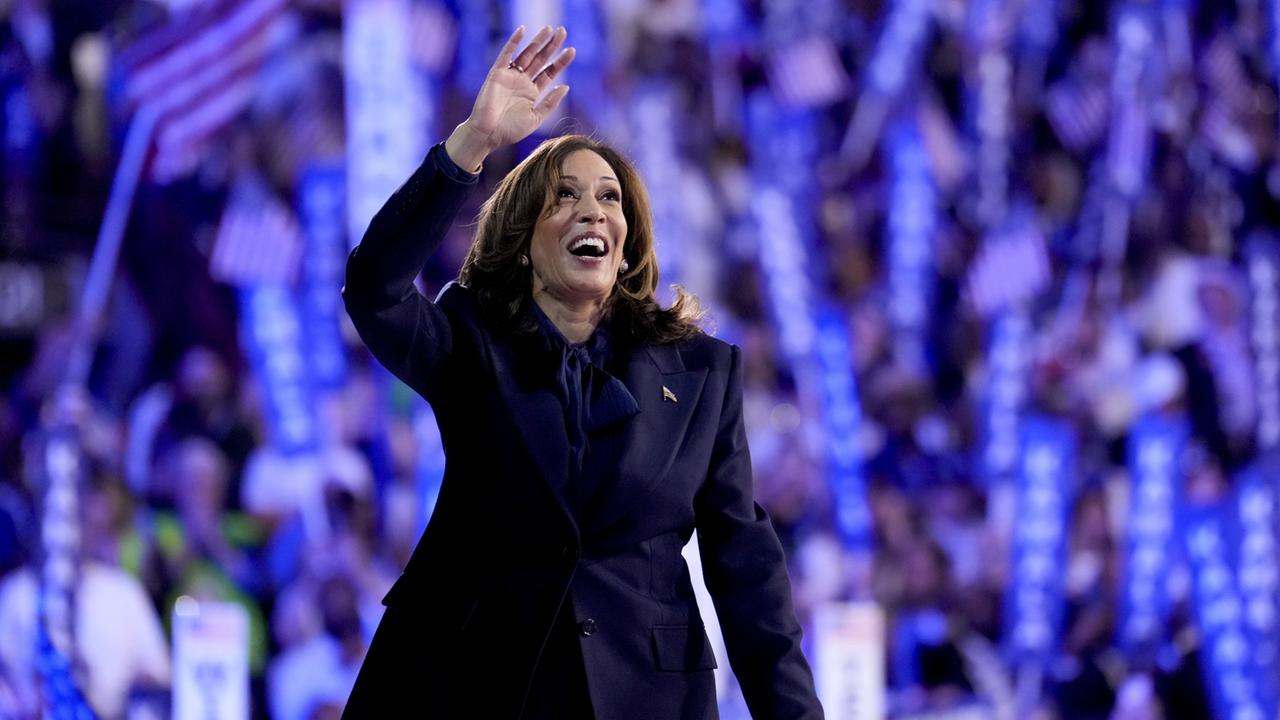Nowhere else in the world is the election campaign as expensive as in the USA. Kamala Harris has raised a record sum of 540 million dollars since she began her candidacy – but where does the money come from? And where does it go?
Donald Trump is back and he wants control, says the latest ad from Kamala Harris and Tim Walz's election campaign. In it, the Democrats warn voters about Trump and his so-called “Project 2025,” a radical plan that would give Trump more power and influence if he returns to the White House. He himself recently distanced himself from it so as not to alienate his voters.
Harris takes in 540 million
Spots like these are currently flooding the swing states that are so important for the election. After all, early voting will begin in some states in a few weeks. To finance these ads, the parties need campaign donations in the hundreds of millions.
Since Joe Biden's withdrawal from the candidacy, the Democrats have been experiencing an unprecedented wave of donations, bringing in over $540 million in just four weeks. In the hour after Harris' nomination speech at the party convention in Chicago alone, $82 million was raised.
Many private individuals donate small amounts
What's new about it is that it was mainly private individuals who donated small amounts. According to a New York Times analysis, around a third of these were first-time donors, including a particularly large number of younger women.
Every new donation is a new voter, explains Robin Kolodny, a political scientist at Temple University in Philadelphia. And this voter engagement, she says, strengthens the party base, the “foot soldiers,” as she calls them.
Tech billionaires more likely to support Harris
The last two months before the election are traditionally the time when large donations come in. Trump's so-called “mega-donors” include X owner Elon Musk and Tim Mellon, heir to a wealthy banking family from Pittsburgh. The 82-year-old has already donated $125 million to the Republicans.
Supporters of the Harris campaign are often tech billionaires from Silicon Valley. For example, Reid Hoffman, co-founder of the professional network LinkedIn, but also the multi-billionaire George Soros with his son Alex and the former mayor of New York, Mike Bloomberg.
“Personal contact more important than TV spots”
Campaign trips, daily rallies in the states, door-to-door campaigning and of course advertising in all forms – because the USA is so huge, the election campaign is enormously expensive, explains political scientist Kolodny. “With the money, the campaign managers can also pay people to knock on the doors of potential voters, send them text messages or call them. They have found that personal contact is more important than TV spots,” explains the researcher.
Although fewer and fewer people in the US are watching linear television, the Democrats are still pumping around $170 million into television commercials, but they are investing even more – around $200 million – in digital ads.
Good finances no guarantee of election victory
In recent years, however, less and less money has been flowing into traditional TV advertising, according to Michael Kang, an expert in campaign finance at Northwestern University in Chicago. Digital ads are better tailored to individual users of social networks.
In the end, both parties usually have a similar amount of money at their disposal, Kang sums up. In his opinion, a cash advantage is no guarantee for a successful election campaign. The election is decided by other things. For example, how well the parties reach the voters, how convincing their message – or how impressive their candidate is.





